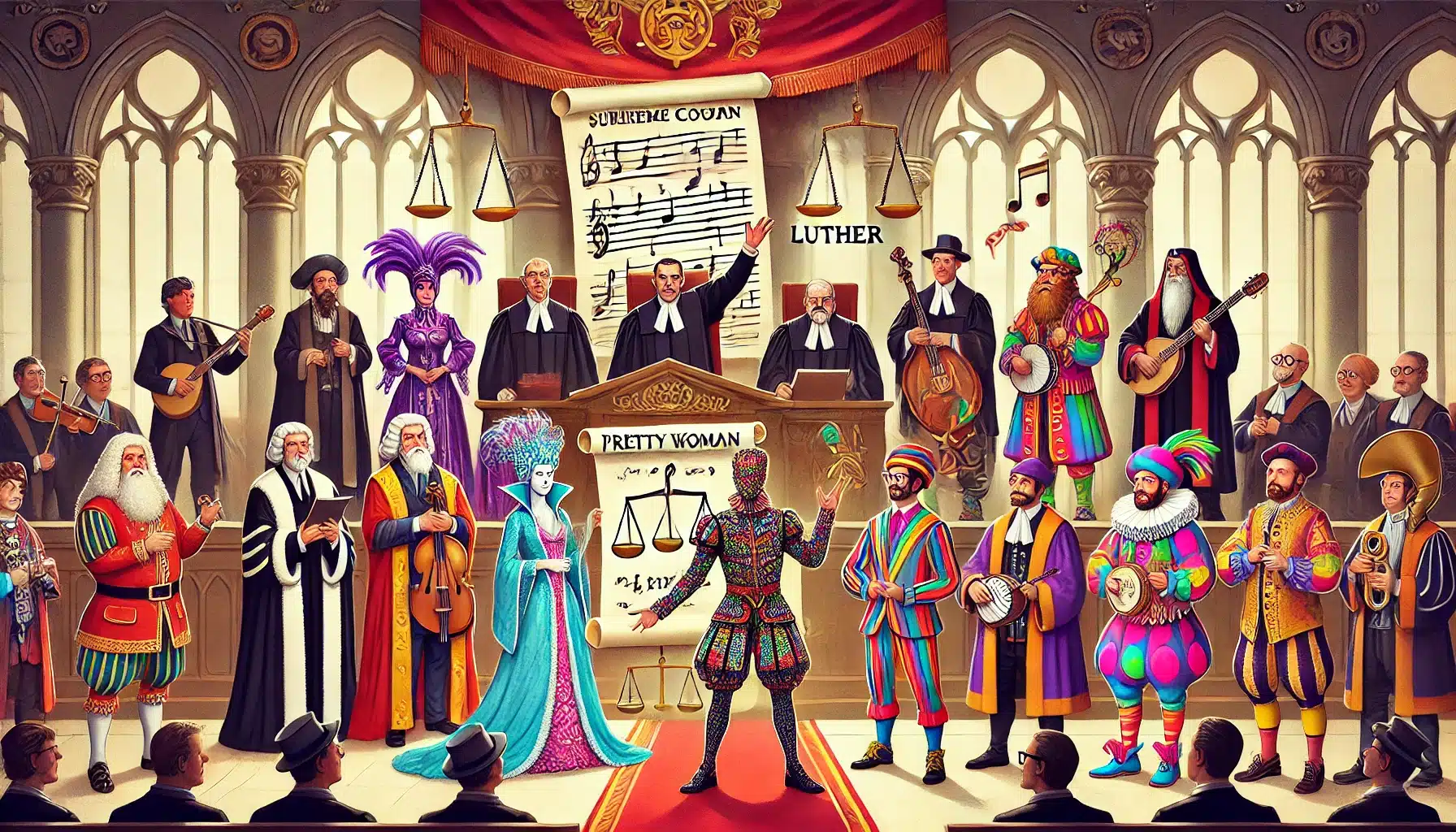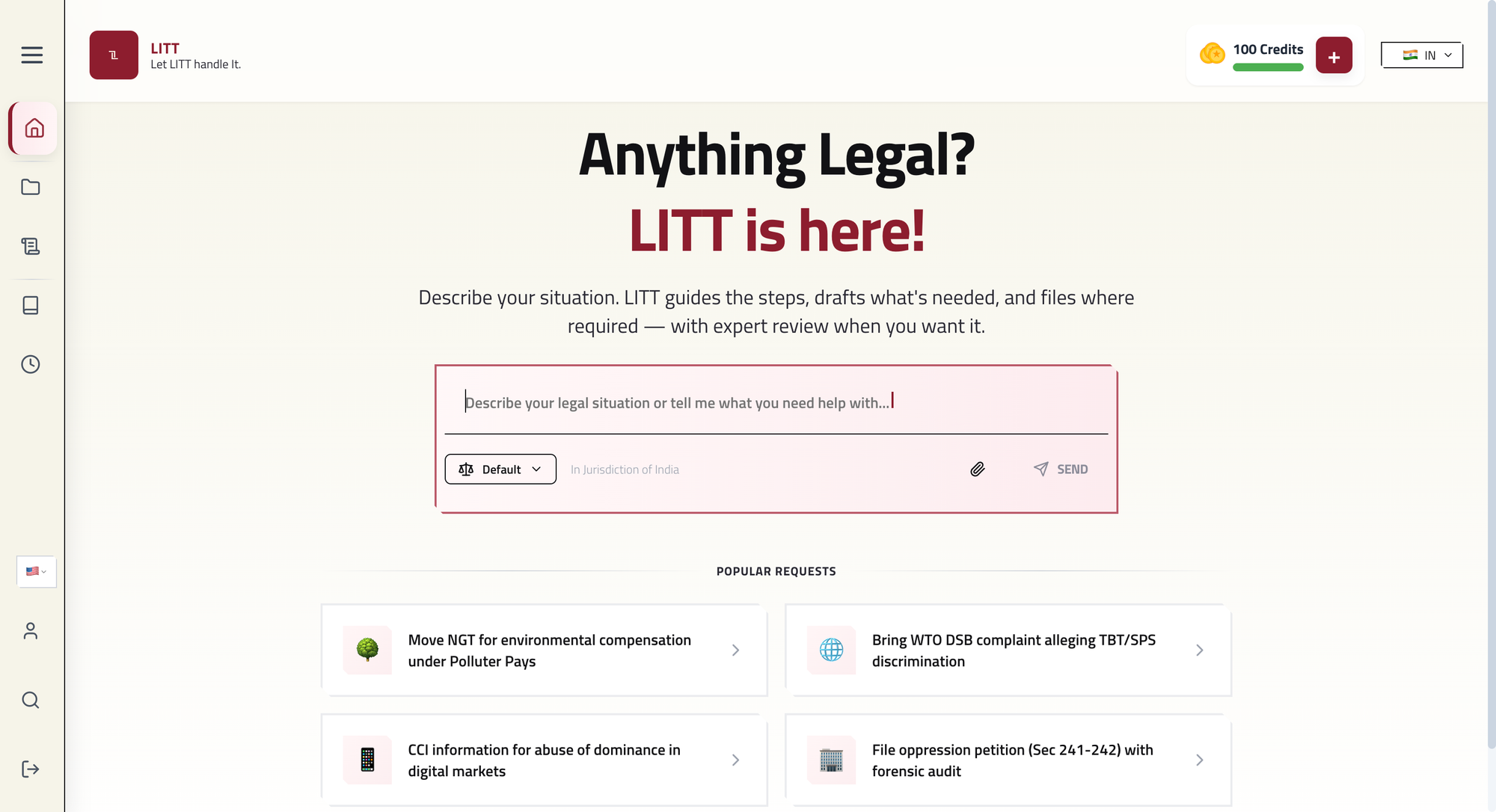Campbell v. Acuff-Rose Music, Inc., 510 U.S. 569 (1994), is a pivotal Supreme Court case that clarified the application of fair use in copyright law, particularly concerning parodies. The Court ruled that commercial purpose does not automatically negate fair use and that a parody can be transformati

Best way to automate statutory/referential drafting
“This is one of the landmark Supreme Court cases in copyright law that addresses the limits and protections of fair use in copyright law, particularly concerning parodies and commercial use.”
Citation: 510 U.S. 569 (1994)
Date of Judgment: 7th March, 1994
Court: Supreme Court of United States
Bench: David Souter (J) (Authored the majority opinion), Antonin Scalia (J), Clarence Thomas (J), Ruth Bader Ginsburg (J), John Paul Stevens (J), Sandra Day O’Connor (J), Stephen Breyer (J), Anthony Kennedy (J)
Facts
- In 1964, Roy Orbison and William Dees composed the iconic song “Oh, Pretty Woman,” and transferred the rights to Acuff-Rose Music, Inc. (Acuff-Rose) (plaintiff). This song quickly became a classic and established itself as a significant work in music history.
- Twenty-five years later, in 1989, Luther Campbell and his group “2 Live Crew” created a song titled “Pretty Woman.” Their version aimed to parody Orbison’s original through comical and satirical lyrics. The “2 Live Crew” song copied Orbison’s distinctive opening bass riff and the first line of lyrics but diverged significantly by replacing the romantic content with bawdy, provocative language, and a satirical take on the original’s themes.
- This led Acuff-Rose to file a lawsuit against “2 Live Crew” for copyright infringement, arguing that their song had infringed upon Orbison’s work by copying too much of it and using it for commercial purposes.
- Acuff-Rose claimed that Campbell’s version did not constitute fair use due to its commercial nature and extensive copying. Campbell defended his work by arguing that his parody was a form of artistic expression intended to critique and comment on the naivety of the original song.
- The district court initially ruled in favor of 2 Live Crew, granting summary judgment. However, the decision was later overturned by the United States Court of Appeals for the Sixth Circuit. The Appeals Court found that 2 Live Crew’s song, which had a “blatantly commercial purpose,” did not qualify as fair use. The court determined that the extent of copying from Orbison’s song was excessive and did not meet the criteria for fair use.
- The case was subsequently appealed to the United States Supreme Court. The Supreme Court ultimately addressed the issue of whether 2 Live Crew’s song constituted fair use under copyright law, balancing the principles of parody and commercial exploitation in its decision.
Decision of the Supreme Court of the United States
The Hon’ble Supreme Court of the United States overturned the Sixth Circuit Appeals Court’s finding that the defendant’s parody infringed the copyright in the plaintiff’s “Pretty Woman.” Music plagiarism was not the issue, but rather whether defendant’s use of plaintiff’s material was a defensible parody under fair use provisions of the Copyright Act. The commercial nature of defendant’s use did not, in the opinion of the Supreme Court, automatically render unfair their appropriation of plaintiff’s material. The brief video clip here of Julia Roberts’ cheesecake follows the disgustingly humorous exchange between Richard Gere’s wealthy character and a sycophantic Rodeo Drive shop clerk. Court granted certiorari, to determine whether 2 Live Crew’s commercial parody could be a fair use.
The ruling clarified that the transformative nature of a work is a critical factor in determining fair use. The Court emphasized that a parody must do more than merely replicate the original work; it must provide new insights or commentary, which in this case, 2 Live Crew’s song did through its satirical and humorous take on the original. The Court also acknowledged that while commercial purposes do not automatically preclude fair use, they must be weighed alongside other factors.
Furthermore, the decision reaffirmed that the amount of the original work used must be justified by the purpose of the parody. The Court found that the portions of the original song used by 2 Live Crew were necessary to achieve the parody’s intended effect, thus supporting their claim of fair use.
Key legal issues discussed
1. Whether the lower court erred in ruling that the commercial nature of defendant’s parody of plaintiff’s work rendered the use presumptively unfair?
Yes
The Court reversed the Sixth Circuit, finding that it had erred in giving dispositive weight to the commercial nature of 2 Live Crew’s parody and in applying an evidentiary presumption that the commercial nature of the parody rendered it unfair. The Court held that the commercial or nonprofit educational purpose of a work is only one element of its purpose and character. Like other uses, parody “has to work its way through the relevant factors, and be judged case by case, in light of the ends of the copyright law.”
The Court commented that it is essential for someone doing a parody to be able to quote from existing material and use some of the elements of a prior work to create a new one that comments on the original.
The Supreme Court confirmed for the first time that a parody is a protected form of speech, within the scope of the fair use provisions of the Copyright Act. It further rejected assumptions applied by lower courts that the sale of parodies for profit was presumptively unfair, and the parodist could take no more than is necessary to conjure up the underlying work. Instead, the court found that the commercial or non-commercial purpose was merely one of many factors, and that the amount and substantiality of the permissible use of the original work depends upon the extent to which the overriding purpose and character of the new work is to parody the original rather than serve as a market substitute for the original.
2. For fair use purposes, is the commercial purpose of a work the decisive element of the inquiry into the purpose and character of the work?
No
Court ruled that for fair use purposes, the commercial purpose of a work is only one element of the inquiry into the purpose and character of the work. The court noted that other elements to be considered here is the nature of the copyrighted work, the amount and substantiality of the portion used in relation to the copyrighted work as a whole, and the effect of the use upon the potential market for the copyrighted work.[1]
The court held that it was an error for the court of appeals to conclude that the commercial nature of 2 Live Crew’s (Defendant) parody rendered it presumptively unfair. No such evidentiary presumption exists for either the first factor (the character and purpose of the use) or the fourth factor (market harm). The Supreme court also held that circuit court erred in holding that 2 Live Crew (Defendant) had copied excessively from the Orbison original, considering the satiric purpose of their version.
Conclusion
The Court’s ruling has been influential in shaping subsequent fair use cases, particularly those involving parodies, remixes, and other transformative uses of copyrighted material. It serves as a key precedent in balancing the rights of copyright holders with the need to foster creativity and free expression.
The Supreme Court’s decision in Campbell v. Acuff-Rose Music, Inc. has had a profound impact on the interpretation of copyright law, particularly in the realm of parody and fair use. By ruling that 2 Live Crew’s commercial parody of “Oh, Pretty Woman” was a fair use, the Court reinforced the importance of allowing creative expression and commentary, even when it involves commercial elements.
[1] Harper & Row, Publishers, Inc. v. Nation Enterprises, 471 U.S 539, 568.


